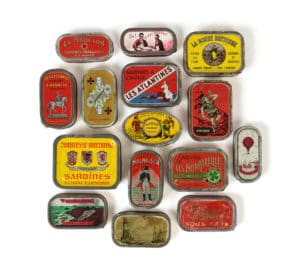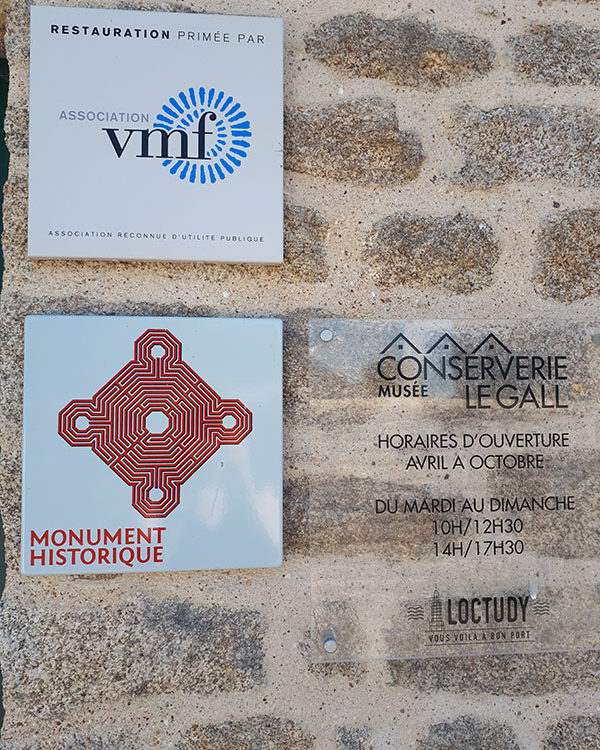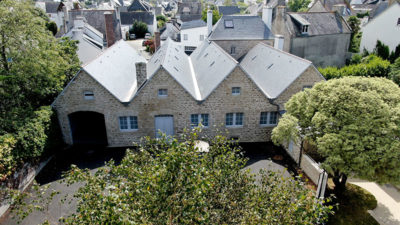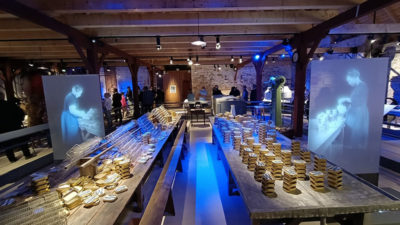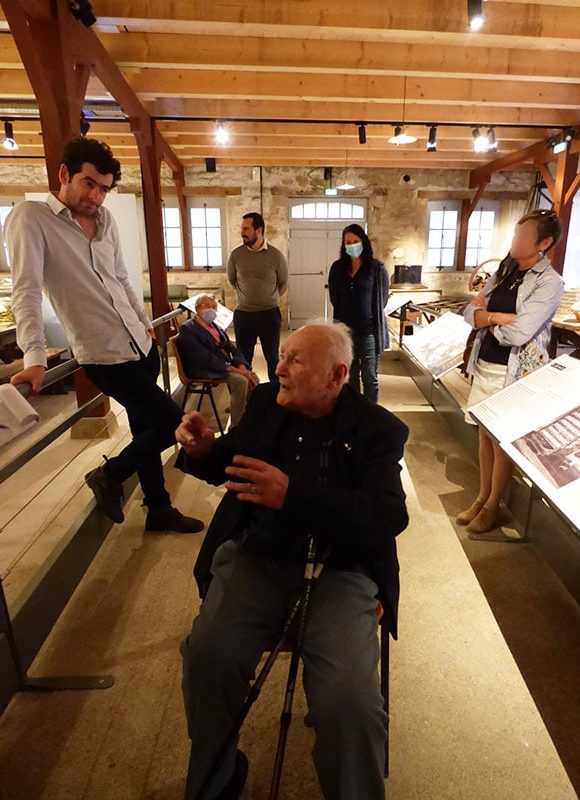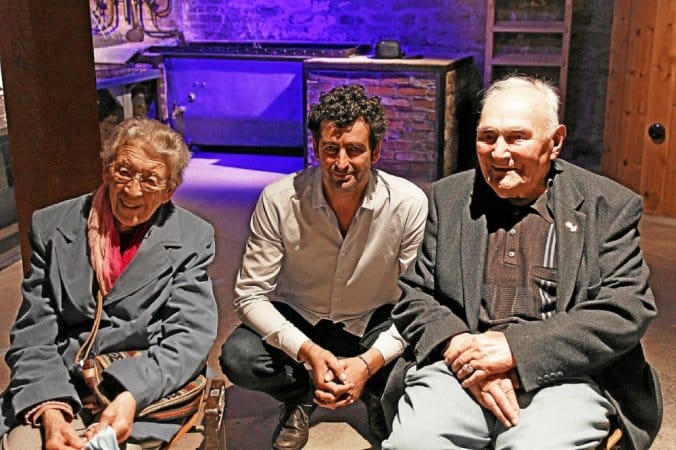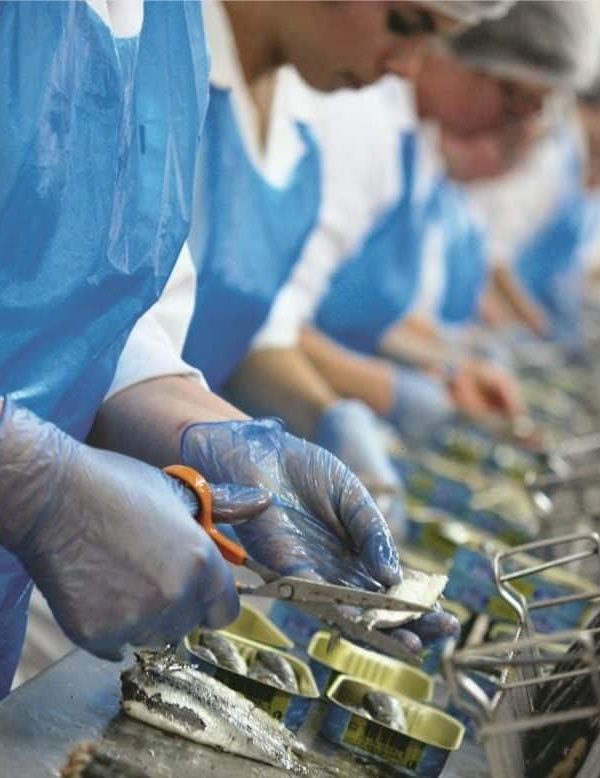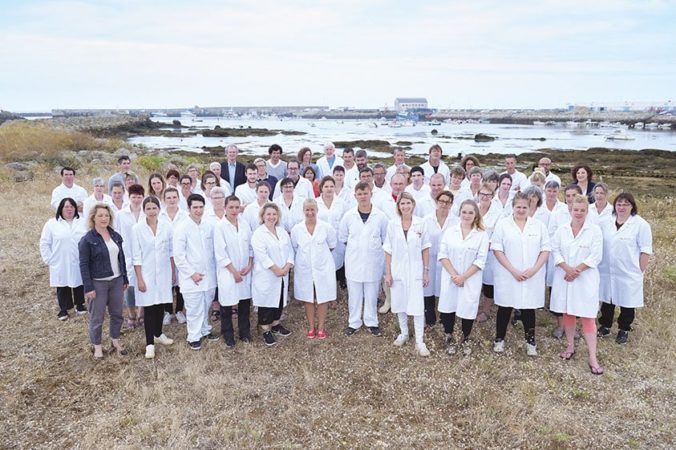The job of canner
Canner and preserver: real 'false friends'?
Although the two terms are similar, the elements that the two professions they designate aim to "preserve" are quite different in nature. While the job of a canner consists of preserving food and its nutritional properties, the job of a conservator is concerned with preserving the tangible (buildings, ancient objects) and intangible (know-how, knowledge transmitted orally) heritage of societies prior to our time.
In addition to the difference in the object to be retainedThe two trades also differ in their time scale. While the canner aims to produce canned food to be kept on a decade-long scale (consumable for about ten years), the heritage curator looks after objects that are decades or even centuries old. While this distinction is important, canners and conservators share a common understanding of temporal dimension, that of the survival of objects linked to their trade, both physically and in the mind, beyond their death. Thus, the tins and advertising objects stamped with the name of the major industry families (Amieux, Bézier, Chancerelle...etc) have survived the last two centuries in the same way as certain historic monuments or traditional skills.
For some years now, the trades of canner and preserver have intermingled in Loctudy their fates. The cannery of the territory, recently converted into a municipal museum is nowadays the best example of this union. In 2016, this fish canning plant was classified as a Historical Monuments and recognized as prime industrial heritage. Since 2021, the working objects and know-how of the conservator who directed it from 1920 to 1955 have been presented in a museum trail to bring to the attention of the general public this heritage, both tangible and intangible.
In addition to the presentation of the challenges of the canning profession in the first half of the 20th centuryThe Musée de la Conserverie de Loctudy also aims to create a intergenerational dialogue between the canners of yesterday and today and inform visitors about the contemporary issues of the profession with regard to the history of the industry. To this end, we have partnered with The Breton Company, led by the Furic family and recognised by the State in 2018 as Living Heritage Company (EPV) LABEL. This label distinguishes French companies with craft and industrial know-how or ancestral, based on the mastery of a particular traditional technique in a territory.

